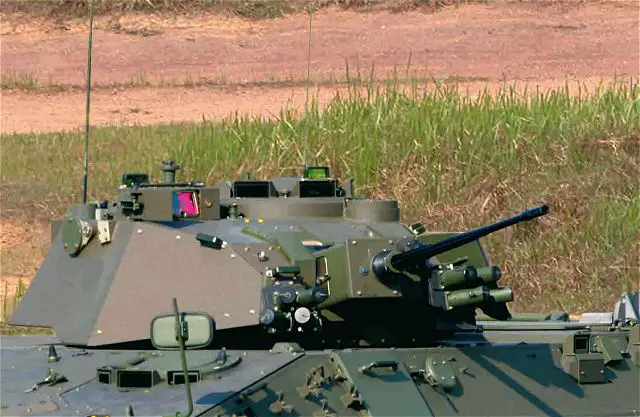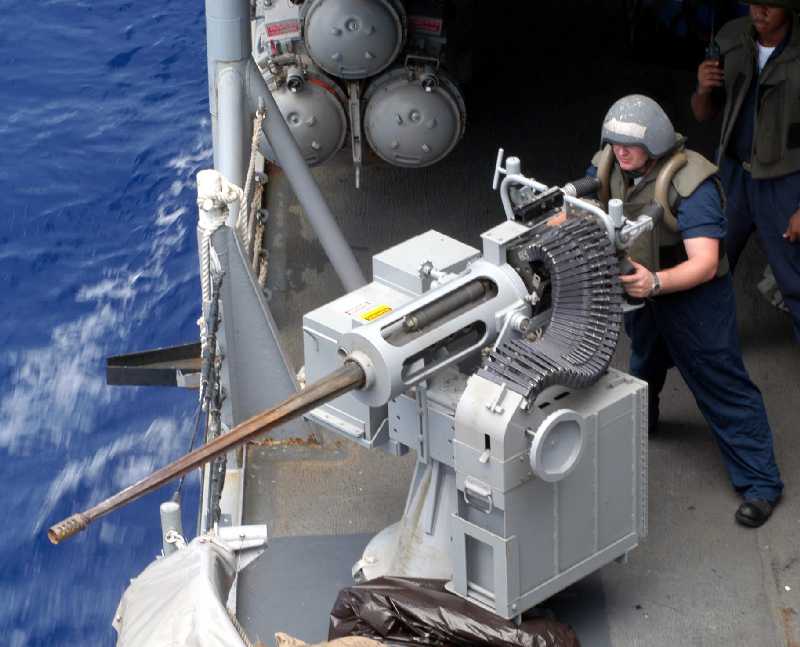
Originally Posted by
Peter Dow

Machine-gun emplacements - the red and pink dots which encircle the base at a distance of about 6 miles or 10 kilometres from the edge of the central Base, represent static, armoured fortifications or "pillboxes" for one machine gun and its 3-man team of gunners. The spacing between adjacent pillboxes is about 333 metres or 333 yards.
The plan calls for one team of gunners per pillbox serving on base. The gunners are organised into 3 duty shifts of at least 8 hours and so normally only 1 in 3 of the pillboxes will be manned at any one time. The gunners spend their off-duty time in the central Base where their quarters are situated.
If, when and where the perimeter defences are attacked by the enemy, the off-duty gunners can be called back on emergency duty as required by their officers.











Bookmarks